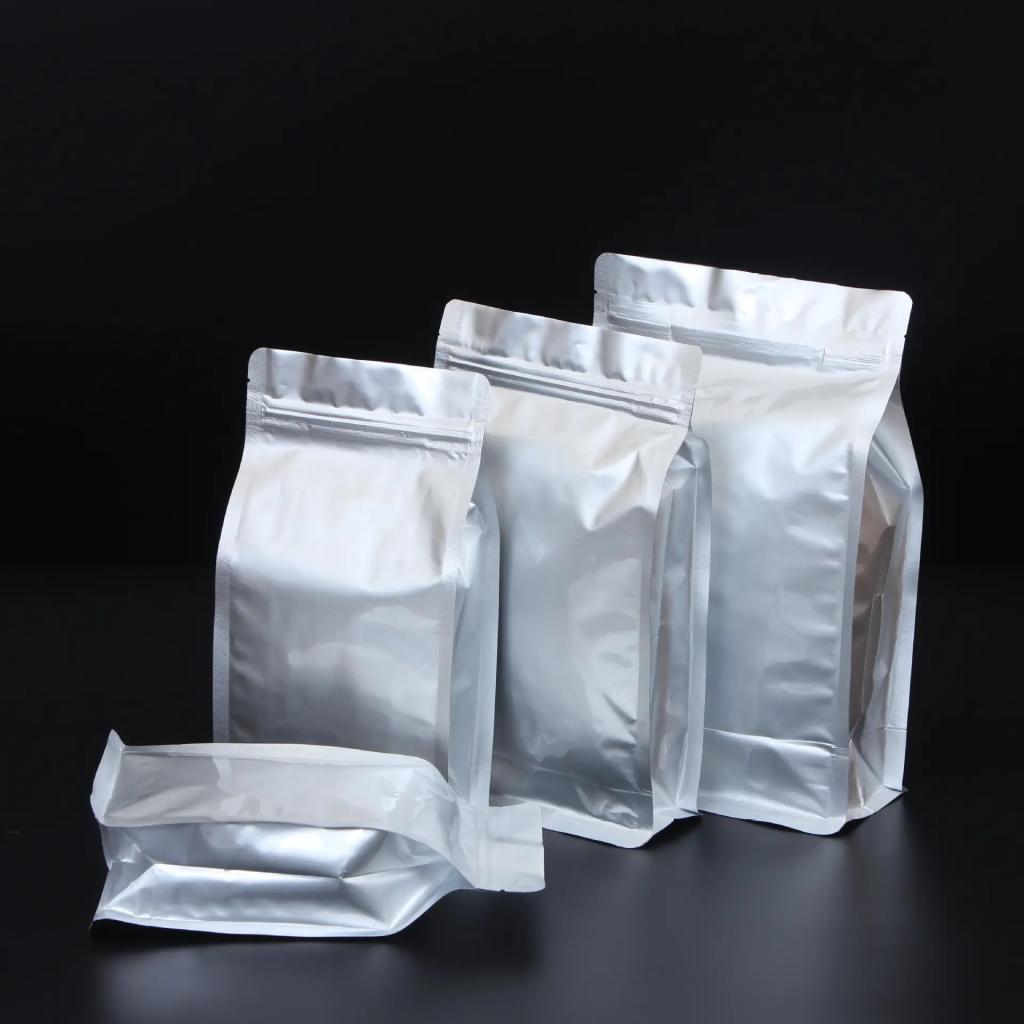Imported High-quality Phospholipid,Stable Quality
Time:2024-10-23
To prevent oxidation and degradation of phospholipids during production, the following measures can be taken:
Ⅰ.Control of Production Environment
1. Temperature Control:
Set an appropriate temperature range for production based on the characteristics of phospholipids and production requirements. Avoid prolonged high-temperature heating, as high temperatures can accelerate the oxidation and degradation of phospholipids. For example, when the temperature is below 70°C, the longer the heating time, the more slowly the acid value increases, while at 70°C, the acid value can rise sharply. Therefore, strict control of production temperature is necessary.
2. Humidity Control:
Maintain the humidity of the production environment within suitable limits to prevent phospholipids from deteriorating due to moisture absorption.
3. Light Control:
Light is also a catalytic condition for the oxidation of phospholipids; therefore, the production environment should be kept dark to reduce oxidation reactions.
Ⅱ. Optimize Production Process
1. Choose Appropriate Heating Methods and Equipment:
Use efficient heating methods and equipment, such as plate heat exchangers, to minimize the temperature difference between the heat source and the phospholipid solution, thereby reducing the rate of phospholipid decomposition.
2. Improve Contact Method of Phospholipids with Air:
Minimize the contact time between phospholipids and air during production to prevent degradation due to oxidation. This can be achieved by improving production processes and using sealed equipment.
3. Add Stabilizers:
During the production of phospholipids, appropriate amounts of antioxidants, preservatives, and other stabilizers can be added to enhance the stability of phospholipids and extend their shelf life.
Ⅲ. Improve Packaging and Storage Conditions
1. Use Nitrogen Flushing or Vacuum Packaging:
Utilize nitrogen flushing or vacuum packaging technology to replace the air in the packaging with nitrogen, thereby reducing the contact of phospholipids with oxygen and preventing oxidation.
2. Choose Suitable Packaging Materials:
Select packaging materials with good barrier properties, such as aluminum foil or polyethylene (PE), to prevent the penetration of oxygen and moisture.
3. Control Storage Conditions:
During the storage of phospholipids, it is also necessary to control temperature and humidity to avoid high temperatures and excessive humidity that could lead to moisture absorption, deterioration, and degradation of phospholipids.
Ⅳ. Strengthen Quality Monitoring
1. Regular Quality Testing of Phospholipids:
Conduct regular quality monitoring of phospholipids during production, including indicators such as acid value, peroxide value, color, and odor, to ensure the quality of phospholipids meets production requirements.
2. Establish a Quality Traceability System:
Implement a comprehensive quality traceability system to monitor all stages of production, processing, storage, and transportation of phospholipids, ensuring the safety and traceability of product quality.
By controlling the production environment, optimizing the production process, improving packaging and storage conditions, and strengthening quality monitoring, oxidation and degradation of phospholipids during production can be effectively avoided, enhancing the quality and stability of phospholipids.


 CN
CN





